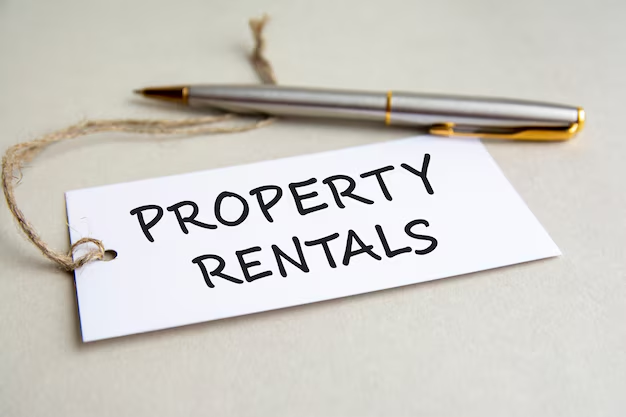Discover Affordable Housing Through Section 8 Rentals
Finding a place to call home shouldn't have to be a financial struggle, yet for many, meeting the rising costs of rent is a relentless challenge. Section 8, officially known as the Housing Choice Voucher Program, offers a beacon of hope by assisting low-income families in affording decent, safe, and sanitary housing in the private market. But how does one navigate the sea of information to find these homes, and what else can help along the way?
What is Section 8?
Administered by local Public Housing Agencies (PHAs), the Section 8 program provides rental assistance by subsidizing a portion of the rent for eligible participants. This empowers families to choose housing that suits their specific needs, whether it's a single-family home, townhouse, or apartment. The key advantage? Renters usually pay only around 30% of their monthly adjusted gross income on rent.
How to Find Section 8 Homes for Rent
Many assume that finding Section 8 homes is an arduous task, but the process is more straightforward with these steps:
Contact Your Local PHA: Start by reaching out to the PHA in your area to determine your eligibility and begin the application process for the voucher.
Explore Housing Platforms: Websites dedicated to Section 8 housing, as well as multiple listings services (MLS) and local advertising, can provide current listings and advertisements from landlords.
Visit Local Community Centers: These often have bulletin boards and resources for housing opportunities, including Section 8 eligible homes.
Network with Local Advocacy Groups: There are many organizations committed to helping low-income families find housing; they can offer valuable insights and direct you to available resources.
Expanding Your Financial Resources
Housing is just one piece of the puzzle. To improve financial stability and leverage more opportunities, consider exploring complementary aid programs and financial tools.
Financial Assistance Programs
- Temporary Assistance for Needy Families (TANF): Provides financial relief for families in need, helping with essentials beyond just housing.
- Supplemental Nutrition Assistance Program (SNAP): Ensures families can afford nutritious food, freeing up more of your budget for housing costs.
- Low Income Home Energy Assistance Program (LIHEAP): Aids with energy bill payments, allowing families to comfortably manage other expenses.
Credit and Debt Solutions
- Credit Counseling Services: Seek out nonprofit credit counseling agencies to devise a plan for managing debt and improving credit scores, essential for accessing better lending terms and rental opportunities.
- Debt Relief Options: Programs that can consolidate or settle outstanding debts, reducing financial stress and improving financial health.
Educational Opportunities for Financial Growth
- Federal Grants and Scholarships: For those willing to pursue additional education or skill development, numerous federal and state grants cover educational costs, enhancing career prospects and income potential.
- Job Training Programs: Often free or low-cost, these programs can boost employment opportunities, significantly impacting financial stability and housing affordability.
Key Resources to Explore
Here's a quick guide to some resources that align with housing aid and broader financial empowerment:
- 🏠 PHA Finder: Search for your local Public Housing Agency to get started with Section 8.
- 💡 LIHEAP: Apply for assistance with energy bills, easing financial burdens.
- 💳 Credit Counseling: Access nonprofit agencies to help manage debts.
- 🎓 Pell Grants: Check eligibility for educational grants to broaden career opportunities.
- 📞 SNAP Hotline: Connect with resources to secure food assistance, thus reallocating funds for housing needs.
Navigating the road to financial stability and finding a comfortable home is undoubtedly complex, but with Section 8 as a stepping stone and a network of resources to bolster your journey, it's possible to create a brighter future.
